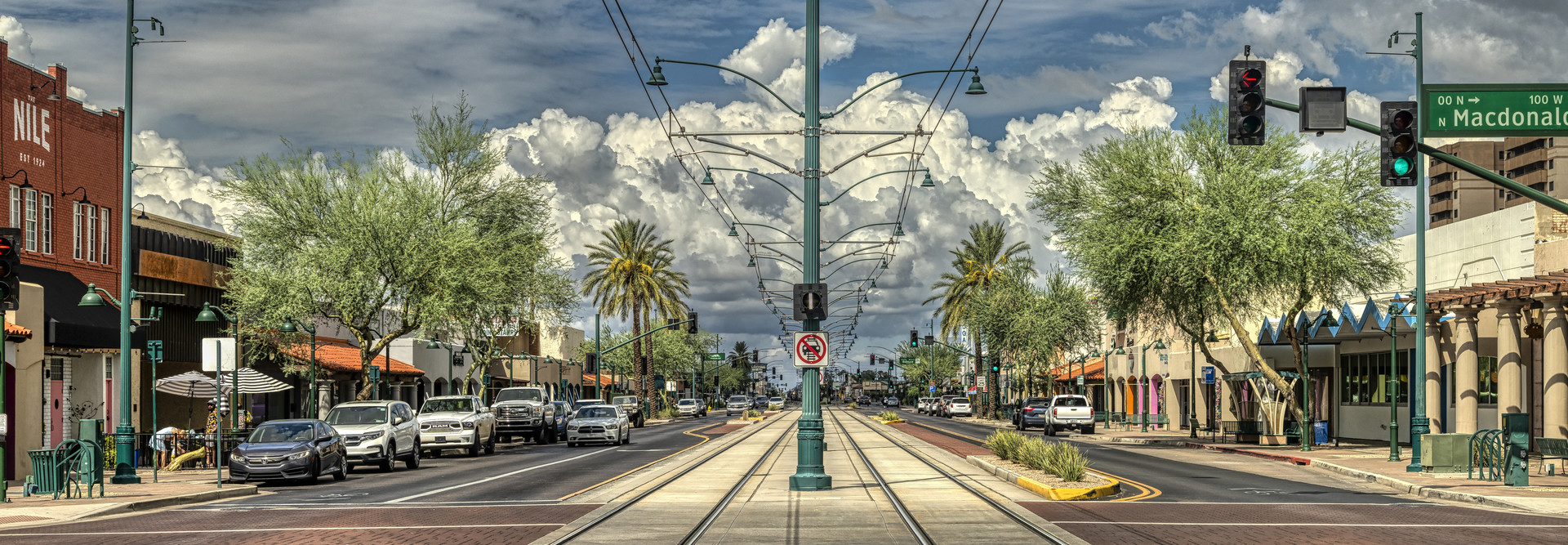San Jose Measures Energy Use for Building Performance
In 2018, San Jose, Calif., adopted its Climate Smart San Jose plan. Soon after, the City Council passed its Energy and Water Building Performance Ordinance with the goal of managing energy and water consumption.
Such a benchmarking ordinance was a relatively new thing at the time, Carol Boland Whattam, San Jose sustainability and microgrids program manager, told Smart Cities Connect during the infrastructure panel. The ordinance has been very successful, and it now sees a compliance rate of about 85 percent.
“We were part of helping spread the phenomenon of benchmarking ordnances around the world,” Boland Whattam said.
Through tracking energy and water use, city official have created a strong picture of how much of each is being used by businesses throughout the municipality. The data also helps San Jose plan for energy management during natural disasters and other emergencies, Boland Whattam said.
“We have that information all ready, thanks to our building performance ordnance,” she said.
READ MORE: Here is how state and local IT agencies can prepare for natural disasters.
New Orleans Shares Data with Citizens for Emergency Management
Since Hurricane Katrina struck in 2005, New Orleans has been particularly concerned with flooding throughout the city.
After one heavy rainfall, New Orleans neighborhoods and businesses experienced intense flooding, producing a cascade of citizen calls for service.
While responding to those calls, New Orleans realized it could keep the public informed of flooding trouble spots by sharing that information through online geospatial information systems mapping, said New Orleans CIO Kimberly Walker LaGrue.
“We used our GIS data and calls for service data, and within 24 hours we had an online map where residents could see where those floods were happening,” LaGrue told Smart Cities Connect.
New Orleans has continued to update its public GIS maps during every emergency. As it builds out its fiber networks, it has placed sensors in designated areas to monitor severe weather and other disasters. Authorities have also integrated those data feeds into the city’s real-time crime center.
Now with live weather info, the city keeps residents informed through its public safety open data initiative when disaster strikes.
Keep this page bookmarked for our coverage of the Smart Cities Connect 2023 fall conference. Follow us on X, formerly known as Twitter, at @StateTech. Join the conversation using the hashtag #SCC23.











